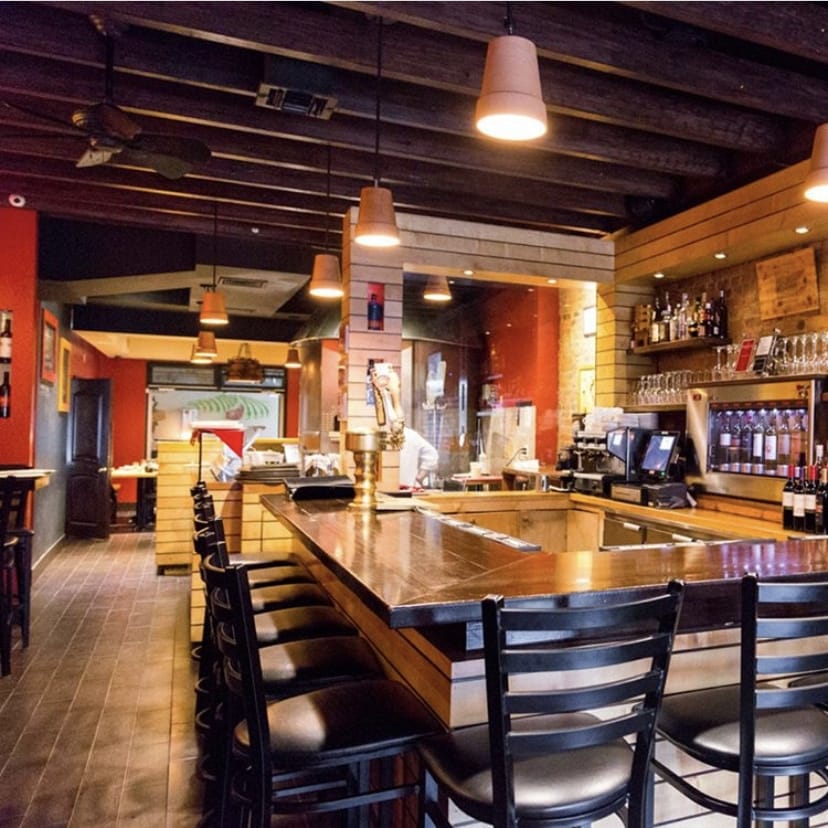Restaurant Industry Leaders Prepare For Uncertain Future


The Brooklyn Chamber of Commerce held a webinar Monday afternoon, discussing the experience of COVID-19 with local industry owners and experts. The panel, which began at 2:00 pm, featured Melissa Autilio Fleishcut, the President and CEO of the NY State Restaurant Association, Marco Chirico, owner of Marco Polo and Enoteca, Brooke Costello, the owner of Red Table Catering, and Andrew Rigie, the Executive Director of the NYC Hospitality Alliance.
Paycheck Protection Program
The paycheck protection program, or PPP, was a main topic of the discussion, along with employment issues, supply chain, and reopening, with the majority of the panelists feeling that the system has not made sense thus far. Autilio Fleishcut said that the program needs to be extended past the current pay-back date of June 30th until the end of the year, or at least when things begin to reopen to give restaurants more of a chance to pay things back, and a better understanding of how things will be after reopening.
As the Brooklyn Chamber of Commerce released last week , while other states seem to be benefiting from the program, New York is hovering around 8% of businesses that have actually received their loans. Chirrico wasn’t able to apply for the first round of PPP, as funds had already run out.
“We’re in the state that’s hardest hit, in the city that’s hardest hit, in the industry that’s hardest hit,” Costello said.
The second round of PPP opened this morning. Owners are encouraged to apply as soon as possible, as it is expected to run out of money again.
Re-opening
Re-opening was also a concern for many owners, wondering what the landscape will look like once this is possible.
Rigie wondered about what consumer purchasing behavior will look like, and the requirements that would allow hospitality businesses to reopen: “Are we going to reopen with 70% reduced occupancy? 50% reduced occupancy? What’s the difference between a restaurant, a bar, a nightclub? Will they have different regulations? When are people going to be comfortable sitting at a communal table at a tapas restaurant, or standing five people deep at a bar trying to get a beer?”
“We can pretty much take it as a grand opening, as you would open a new restaurant,” Chirrico said. “You have to restack, reorder everything, reorganize. I suggest to keep the menu minimal and build it out as things come back to normal. If you have a limit on people coming in you don’t want to lose any inventory. Food costs are still going to be high, liquor sales are not going to be what they used to be since there are less people to sell it to.”
Thinking About The Future
The panel suggested offering special hours for seniors and the immunocompromised, or even reconsidering your business on the whole.
“If you can, take this time to look at the bureaucracy in your own small business,” Rigie suggested, encouraging owners that are able to look closely at their practices and make sure that things are running smoothly and making the most sense.
Supply chain, not only for food and drinks, but for protective gear as well, will also be a concern for restaurants.
“I’ve definitely noticed that there’s been some scarcity [for food and other goods]. I’m not sure where that’s going to go,” Costello said. “Generally speaking it has not been a big problem, but I could see it happening.”
The Brooklyn Chamber of Commerce encourages business owners to reach out to them if they are in need of help or advice.



